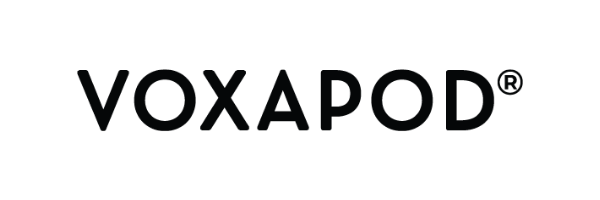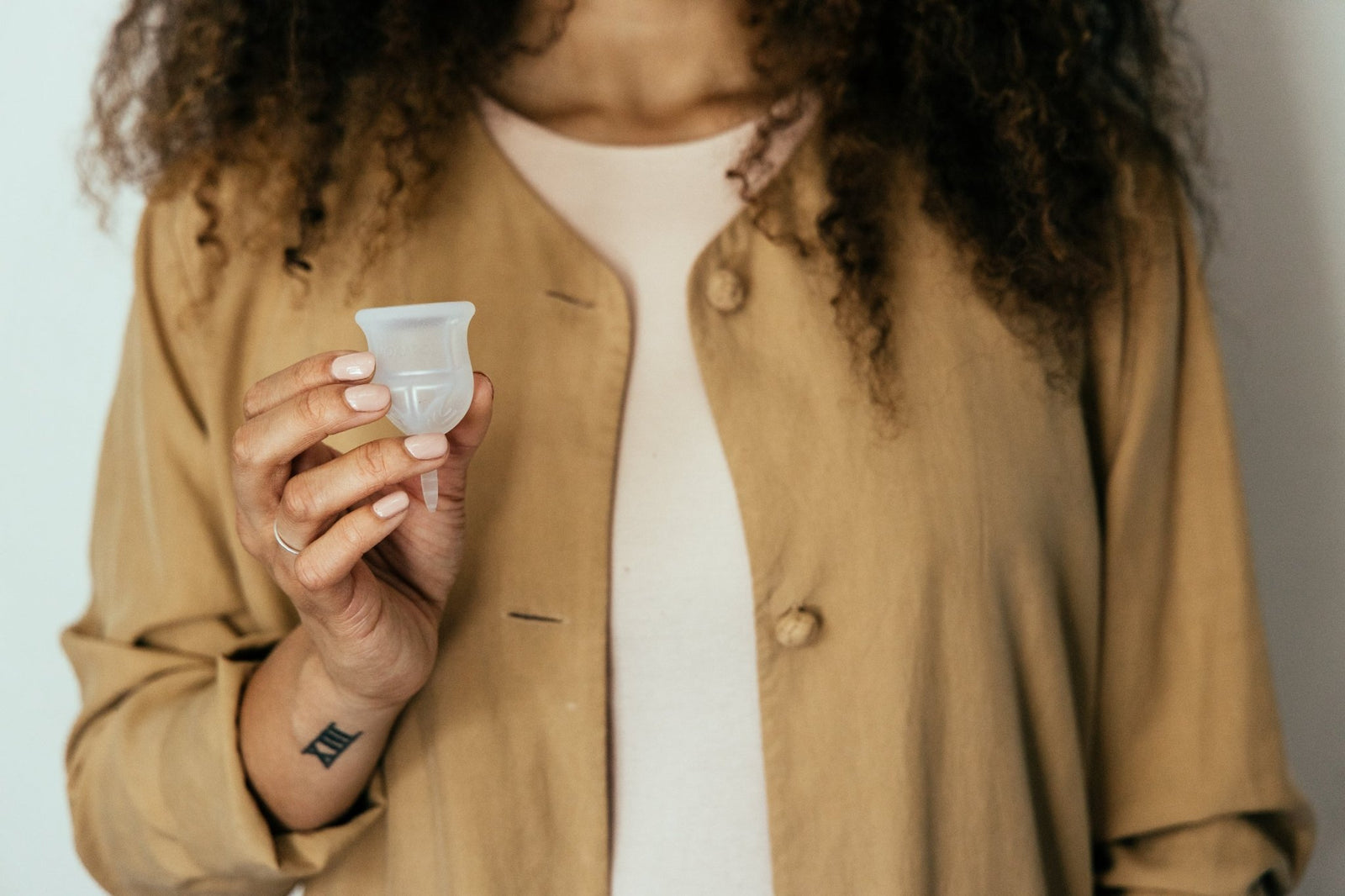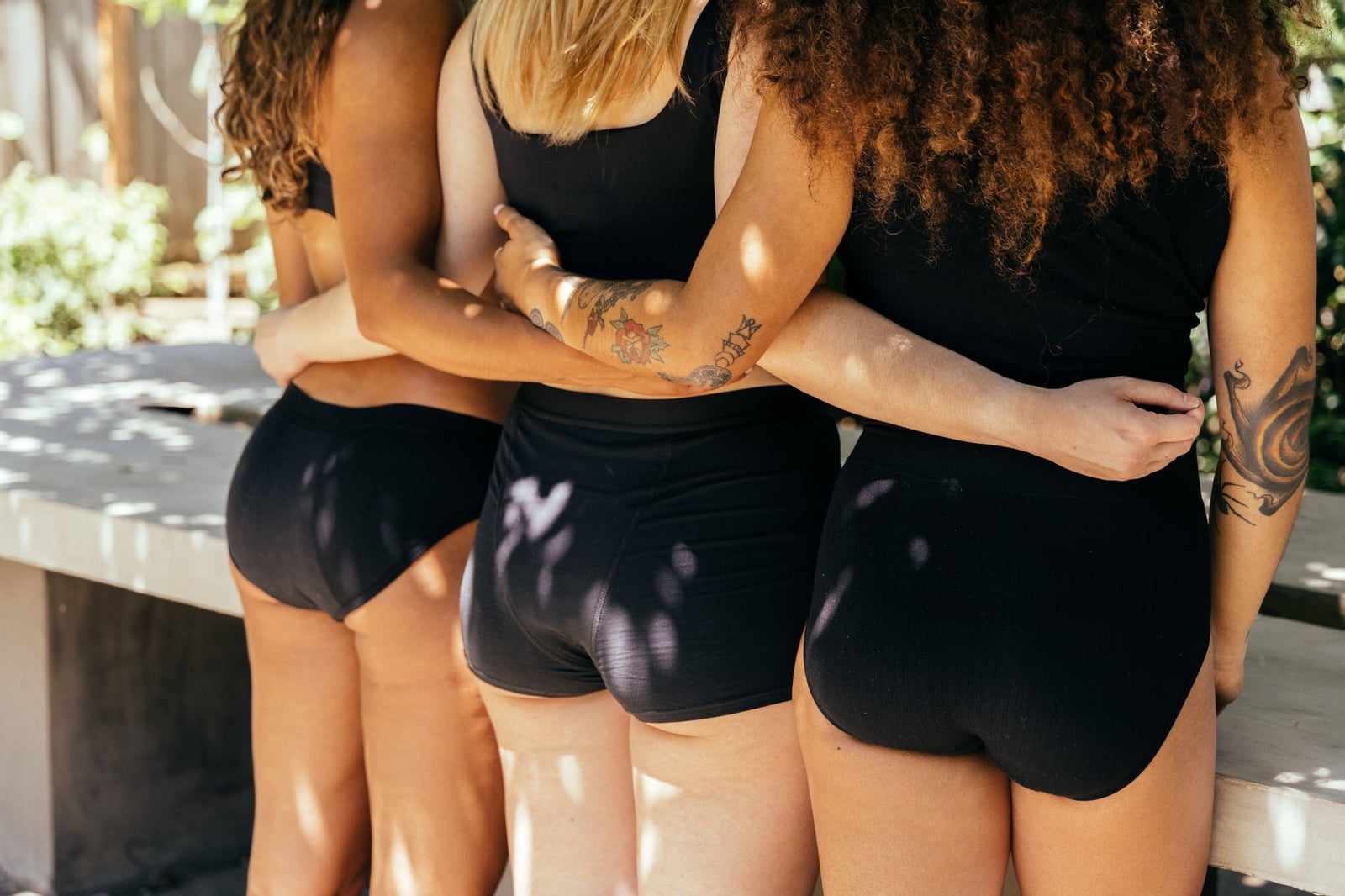What Did People Use Before Pads and Tampons?
Have you ever wondered about the history of periods? or how periods were managed before the invention of the ‘modern’period pad or tampon? The topic of periods and menstrual products has been taboo for centuries. As a result, many are still lacking access to basic menstrual health education and safe period care products. Learning about the history of period products is a solid place to start improving and better understanding the health and hygiene of those who’ll spend nearly half of their life (average 38 years) managing this natural biological cycle – which happens to be one of the most significant indicators of health and vitality.
From the design to the materials used, period products have evolved quite a lot to what we know them as now. In looking at the history of menstruation, let’s first explore how menstrual cups, tampons, and pads came from plants and cloths.
Pre-1800s: Where Period Products First Started
According to Historians, the first mention of menstrual products was found in ancient Egyptian medical records. The product was made from Papyrus, a plant that was also used to make woven goods, food, and paper. Sounds comfortable, right? Other early mentions were made in the fifth century B.C. by a Greek physician and the father of western medicine, Hippocrates, who wrote that in Greece they used wrapped lint around wood as tampons. While in ancient Japan, they were often using paper for absorption, and in Native America, buffalo skin and moss were the go-to, which brings a whole new meaning to going green (sorry – that was bad 😅🙃).

1800s: More Inventions + The First Disposable Period Product
In the Victorian Era, rags were commonly used as pads which coined the term, “on the rag”. These ‘rags’ were reusable and commonly homemade from flannels or woven fabric. Thankfully, this was also the era that included an insurgence of studies on bacteria growth and the knowledge of how unsanitary rags could be – ultimately leading to a boom of ‘creative’, albeit uncomfortable and somewhat ridiculous, inventions for period products. Enter the apron – but not the kind you’re thinking!
Sanitary Apron
In an effort to keep the vaginal area clean and odor-free, the sanitary apron was invented – a rubber apron-shaped device tied to your pelvic area with a strip running between the legs (perfect for chaffing 🙄) to prevent blood and stains from getting on your skirt or seat. Maybe ideal for sparing your favorite dress but, not surprisingly, very sweaty, smelly, and irrationally uncomfortable.

Lister’s Towels
Invented by Johnson & Johnson, Lister’s Towels, also known as ‘Sanitary Napkins for Ladies’, were likely the first commercial pads to be sold. These mass-produced disposable sanitary napkins were made from gauze and cotton. Though, before being used as a menstrual product, these napkins were part of a maternity kit used to absorb postpartum blood.

Lister's Towells Advertisement from Musuem of Menstruation
Who invented the first menstrual cup?
While commonly mistaken as a modern product, the menstrual cup was patented in 1867 by S.L. Hockert. This version of the menstrual cup involves a rubber sack with a ring that can be inserted into the vagina and removed with a cord.
Even though inventions for menstrual products were evolving, the taboos of menstruation prevented many of them from launching into or being successful in the mainstream market. Many women didn't want to be seen purchasing or having these products on them. In order to remain discrete, women would often purchase menstrual products through mail-in orders. Unfortunately, stigma wasn’t the only barrier that arose – disposable napkins were often not affordable or accessible. It wasn’t until the end of the century – when cloths became more mainstream – that these disposable ‘luxuries’ were accessible to the common class.
1900s: Sanitary Pads Become Popular +Tampons Invented
When war was mass in the 1900s, medical workers and nurses caring for soldiers on the battlefield found that cellulose, a material that effectively absorbs blood, could also be used for menstruation. This discovery led to the creation of Kotex sanitary napkins and by 1921, it became the first success for mass-marketed sanitary napkins. Johnson & Johnson also takes wind of Kotex’s success and rebrands Lister’s Towels to Nupak.
As sanitary pads became a successful product, many were still discreet about buying them in public. In fact, many women still wanted to hide and forget about their periods. These culturally-inflicted views helped lead to the invention of the modern tampon in 1931. With the help of a female friend, Earle Haas was able to create a tampon with an applicator that allowed insertion of the product without touching the vagina. Haas’ invention helped boost tampons’ popularity, as prior complaints regarding the tampon were that they were leaky and hard to insert. Tampons with deodorant were also created to help fight ‘odor’. Still, many women were reluctant to use tampons due to the belief that you would lose your virginity if you wore them. Therefore, it was often advertised to married women only.
How long have menstrual cups been around?
Apart from traditional disposable menstrual products, the first commercial menstrual cup hit the market. In 1937, American actress Leona Chalmers invented Tassette (also known as Daintette or Foldene). These cups were made of vulcanized rubber and were designed for comfort while allowing users to wear tight clothing without belts or pins. Despite the many ads made to popularize Tassette, many women still preferred to use tampons and pads, and it wasn’t until the 21st century that menstrual cups would have their uprising!

First menstrual cup to go mainstream by Leona Chalmers
Modern Age + Current Times: Eco-friendly and Health-conscious Period Products
While traditional disposable period products, like pads and tampons, remain the preferred choice for many in the modern age, more reusable menstrual products – period cups, disks, period underwear, etc. – have gained in popularity. With the market shifting as people become more aware of the environmental and health impact of their purchases, products like menstrual cups, period panties, and organic pads and tampons have become more readily available. Not only are there more product options to choose from, but there are also complimentary period kits and subscription boxes available to ease period pain and encourage self-care throughout one’s cycle.
There has been a push culturally and socially to cover up periods and the supposed shame that came along with them for centuries. Now more than ever, with the support of fast-growing social media platforms, efforts are being made to talk more openly about periods and eradicate the stigma associated with them. Though initially many popular products were invented and marketed to help keep periods discreet and hide their existence, there is now an overall shift happening in the menstrual product market to make period products more comfortable, functional, healthy, sustainable, affordable, and accessible to anyone with a period – the way it should have always been. As a period care brand, we feel there’s a real opportunity to allow menstruators to weigh in on the conversation (and innovation) of modern period products while also providing education to help everyone better understand their own bodies without shame.
Sign up to join our continued conversation and know your body (more).
 |
Jia Yu Wang is a historian, bookworm, and curious dog lover who enjoys watching historical documentaries and reading Wikipedia pages. Her current passion is in integrating historical writing with marketing to help others fuse the context and relevancy for many of the social and environmental issues we face today and thereby further growing a movement of sustainable change. When not diving into the worlds of the past, Jia indulges her inner food enthusiast by hunting down the best eateries around the world.
|




Anshu Kumari
August 11, 2025
Thanks for detailed info about period products